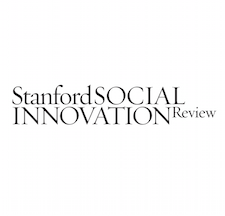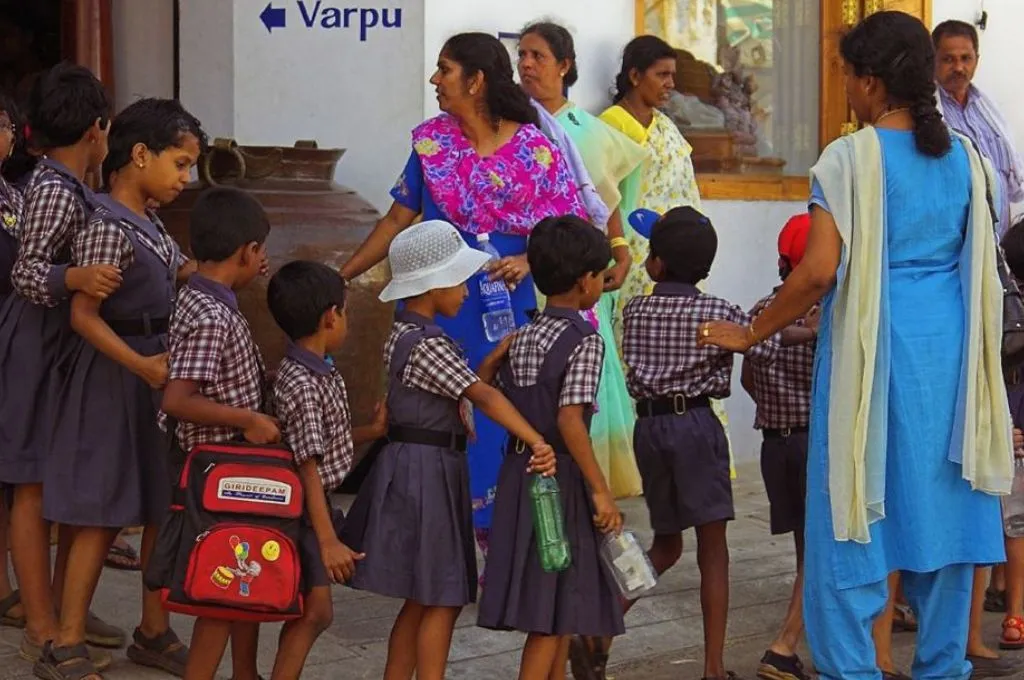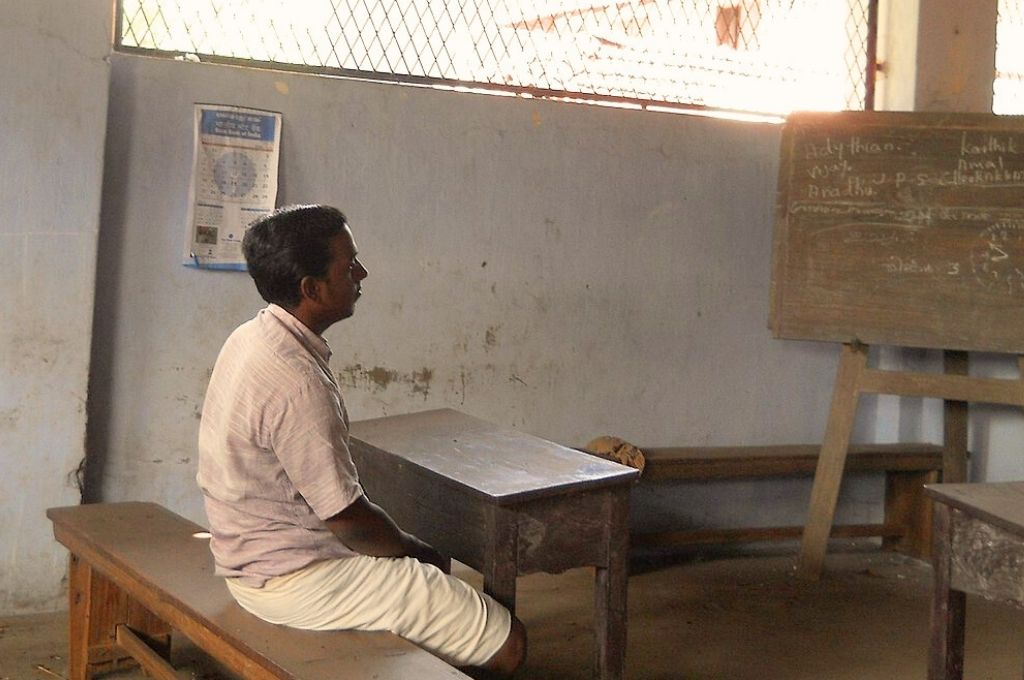Rethinking how universities, nonprofits, and training institutes educate the next generation of social innovators is both a responsibility and a challenge for the social change sector. Younger generations motivated to address social and environmental problems must navigate profound shifts in their own lives, in their communities, and in the domains where they hope to engage. Change is increasingly complex in character, unfolding across multiple sectors and geographies simultaneously, and at an exponentially faster pace. Instead of being an anomaly, challenges emerging from the COVID-19 pandemic, for example, may well point to a new normal. At the same time, young people are entering the sector with significantly lower levels of well-being than their predecessors, even as social innovators already in the field are burning out at unprecedented levels. Young people, particularly those under 25, are currently experiencing steep increases in mental illnesses such as depression and anxiety.
Taken together, these challenges make it clear that social innovation education must invest just as much time and effort in developing the inner well-being of student change makers—those aiming to engage in building a healthy, just, and caring society—as it does in developing their expertise of systemic challenges in the outer world.
This is an excerpt from the article Connecting Inner and Outer Well-Being in Social Innovation Education by Aneel Chima and David Germano.
This article is a part of a special series on the connection between inner well-being and social change, in partnership with The Wellbeing Project, Stanford Social Innovation Review, Schwab Foundation at the World Economic Forum, and Skoll Foundation.





